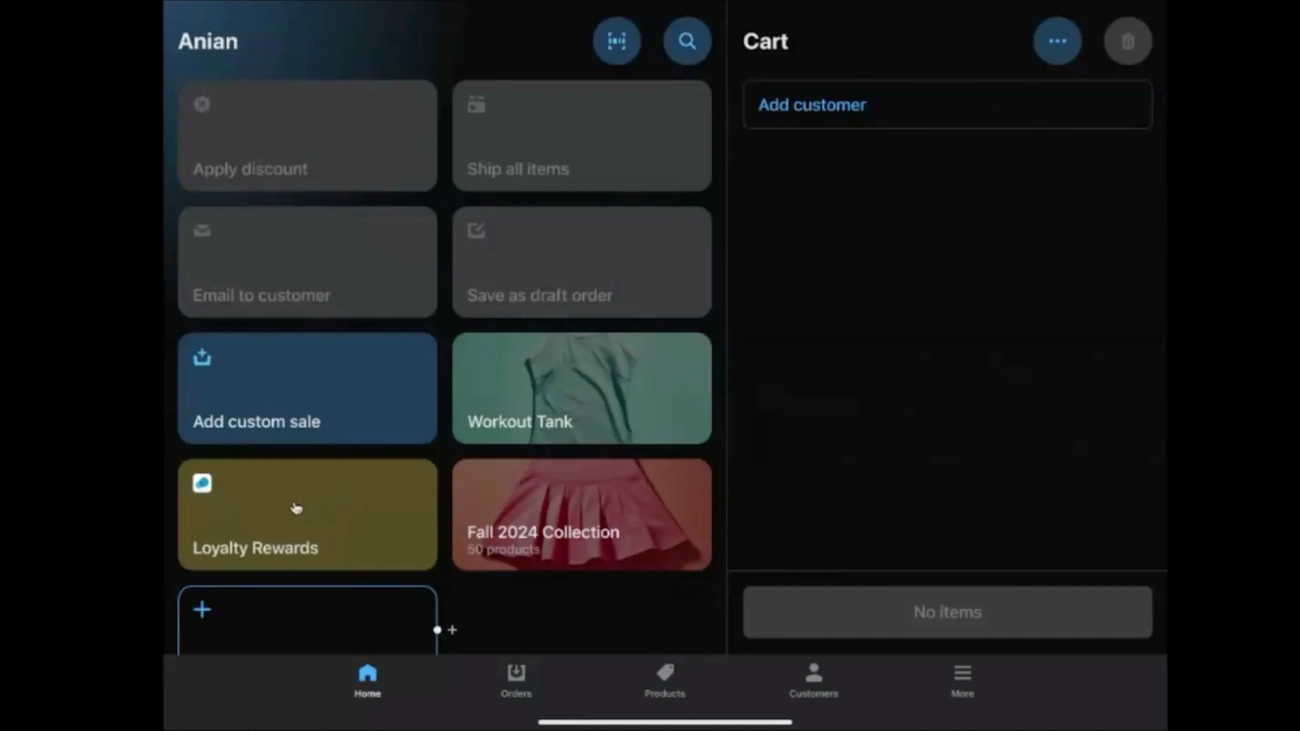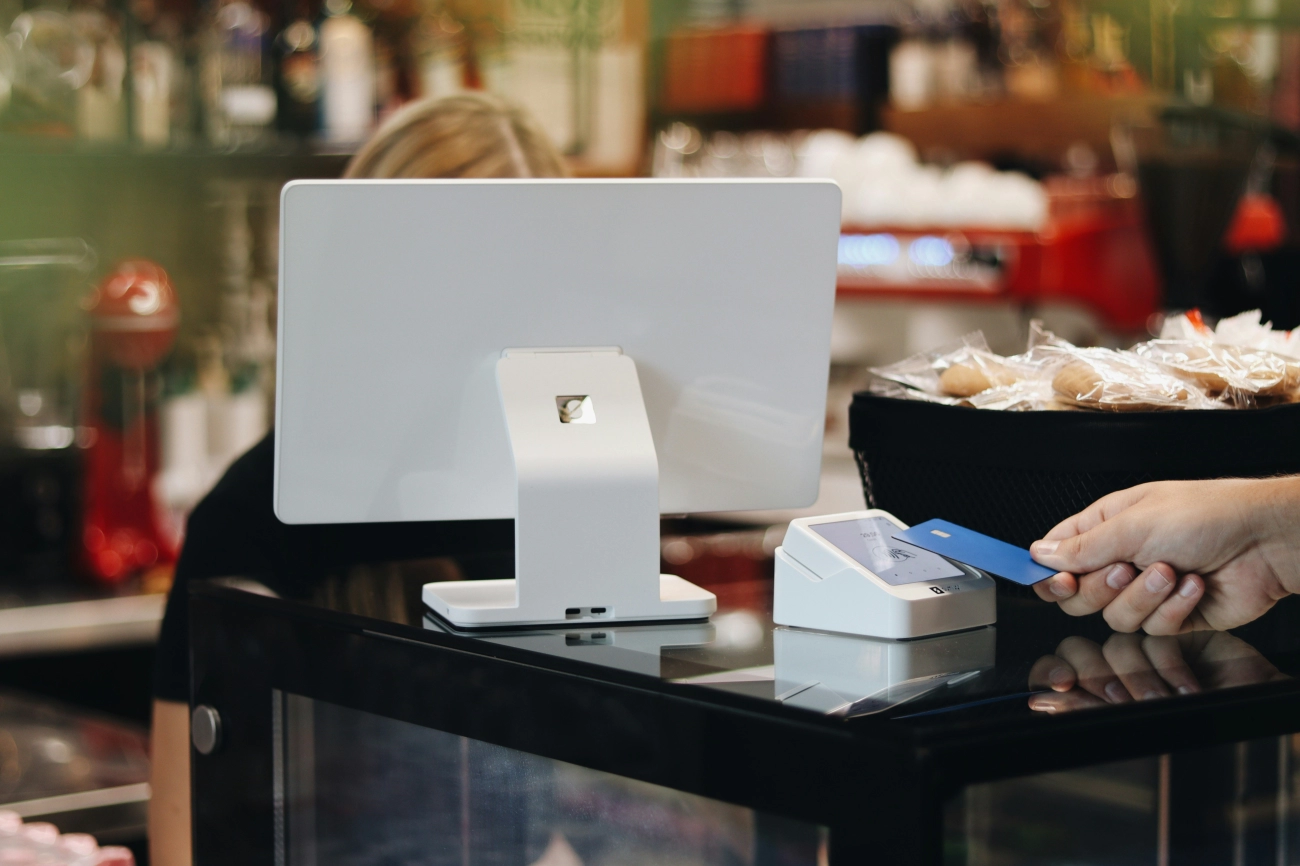How POS Hardware Enhances Retail Automation Efficiency and Control

Are you exploring ways to transform your retail business with cutting-edge retail automation technologies? If so, understanding how POS hardware supports retail automation is key to boosting efficiency and maximizing sales. Whether you’re a retailer aiming to speed up checkout lines, reduce inventory errors, or enhance customer engagement, integrating the right POS system hardware components can make all the difference.
At SDLPOS, we know that smart POS hardware integration is more than just having barcode scanners or cash registers—it’s about creating a seamless, automated retail experience that saves time, cuts costs, and improves accuracy. In this post, you’ll discover exactly how various POS devices work together to automate sales, inventory, and reporting, setting your store up for success today and tomorrow.
Let’s dive in and see what makes POS hardware the backbone of modern retail automation.
How POS Hardware Supports Retail Automation
Understanding Retail Automation and Its Scope
Retail automation refers to the use of technology and software to streamline retail operations, reduce manual work, and enhance both efficiency and customer experience. It covers a broad range of systems, including automated checkout solutions, inventory management, and customer engagement tools. The goal is to make daily retail tasks faster, more accurate, and less prone to human error.
In today’s competitive market, retail automation technologies are no longer optional. They help businesses keep up with consumer expectations and manage complex operations smoothly. Whether you operate a small boutique or a large chain, automation shapes how products move from shelves to customers and how data powers smarter decisions.
Key Retail Challenges Solved by Automation
Retailers face several ongoing challenges that automation helps to overcome, including:
- Manual errors: Mistakes happen when cashiers enter prices or inventory counts by hand. Automation minimizes these errors by relying on barcode scanners and integrated POS systems.
- Slow checkout: Long lines and slow transactions lead to frustrated customers. Automated cash register systems and quick barcode scanning speed up this process.
- Inventory discrepancies: Miscounts, shrinkage, and delays in stock updates can result in lost sales or overstock. Retail inventory automation through connected POS hardware ensures real-time updates and accurate stock levels.
The Role of Technology Integration in Retail Success
The success of retail automation hinges on the seamless integration of various technologies. POS hardware like barcode scanners, payment terminals, receipt printers, and customer displays must communicate smoothly with software platforms for:
- Real-time data flow between sales and inventory systems
- Accurate pricing and discounts applied automatically during checkout
- Robust sales reporting that guides inventory restocking and marketing
By combining POS hardware integration with intelligent software, retailers can enhance operational efficiency, reduce costs, and provide a better shopping experience that keeps customers coming back.
retail automation powered by advanced POS hardware tackles core challenges while enabling retailers to stay agile and competitive in a fast-changing market.
What is POS Hardware Components and Functions in Retail Automation

Point of Sale (POS) hardware is the backbone of any retail automation system, enabling smooth and efficient transactions while keeping data accurate and up to date. Let’s break down the essential POS hardware components and understand how they each contribute to retail automation:
Essential POS Hardware Components
Cash Registers
The classic cash register remains key in many stores, handling cash transactions securely and providing a physical record of sales.
Barcode Scanners
These speed up the checkout by instantly reading product information and prices. Barcode scanners play a crucial role in real-time inventory automation, reducing errors from manual entry.
Receipt Printers
A must-have for printing customer receipts and order summaries, supporting transparency and record-keeping.
Payment Terminals
These devices process debit/credit card payments and increasingly support contactless and mobile payments, boosting checkout speed and convenience.
Customer Displays
Visible screens at checkout that show pricing and transaction details, keeping customers informed and reducing disputes.
How POS Hardware Supports Seamless Transactions and Accurate Data Collection
Each device is part of a unified system designed to automate checkout, sales recording, and inventory management:
- Scanners capture item data instantly, helping update stock levels automatically.
- Payment terminals process multiple payment types securely and quickly, cutting down queuing times.
- Receipt printers finalize sales with printed proof for customers and staff.
- Cash registers provide a backup system for cash handling and transaction logging.
- Customer displays enhance transparency and customer trust by showing transaction details in real time.
Hardware and Software Integration
POS hardware doesn’t work alone—it integrates smoothly with retail software that handles everything from sales tracking and inventory management to loyalty programs and sales analytics. This tight hardware-software integration ensures data flows seamlessly, providing retailers with up-to-the-minute information and reducing manual errors common in paper-based systems.
By combining these components, retailers can achieve fast, accurate checkouts, maintain inventory accuracy, and gather valuable sales data—all essential pillars of modern retail automation.
How POS Hardware Supports Retail Automation Core Functions

POS hardware plays a critical role in powering retail automation by streamlining everyday store operations. Here’s how POS system hardware components directly support key automation tasks:
Automating Sales Transactions for Fast and Accurate Checkout
One of the biggest advantages of POS hardware, such as barcode scanners and cash registers, is speeding up checkout. These devices minimize manual entry errors and keep lines moving by:
- Quickly scanning items to retrieve prices and product info
- Automatically calculating totals including taxes and discounts
- Processing various payment methods efficiently through integrated payment terminals
This automation reduces wait times, boosting the customer experience while improving operational efficiency.
Real-Time Inventory Management with Automatic Stock Updates
Using barcode scanners linked to your POS system allows for real-time inventory automation. Every sale instantly updates stock levels to provide:
- Accurate on-hand inventory counts
- Automatic alerts when items run low
- Reduced discrepancies caused by manual counts
This helps retailers avoid both stockouts and excess inventory, enhancing overall stock control without extra labor.
Pricing and Discount Automation at Checkout
POS hardware supports dynamic pricing capabilities by automatically applying discounts, offers, and loyalty prices during the checkout process. This includes:
- Calculating markdowns and seasonal promotions in real time
- Applying customer-specific discounts based on loyalty program data
- Preventing pricing errors that lead to revenue loss
Automated pricing makes it simple for stores to implement complex promotions smoothly and consistently.
Customer Data Collection for Loyalty and Targeted Marketing
Modern POS hardware often features customer displays and integrated software that capture valuable shopper data at checkout. This supports:
- Enrollment and tracking of loyalty program points
- Collection of purchase history for personalized offers
- Targeted marketing campaigns driven by data insights
Capturing this information helps retailers build better relationships, increase repeat visits, and boost sales in a competitive market.
Sales Reporting and Analytics for Data-Driven Decisions
POS hardware enables automatic data capture essential for generating sales reports and analytics. With detailed transaction data, retailers can:
- Monitor which products sell best and when
- Track employee performance and sales trends
- Make informed decisions on inventory purchases and marketing strategies
This level of insight, powered by automated data capture, allows retailers to optimize operations and improve profitability with minimal manual effort.
POS hardware integration is the backbone of effective retail automation. From speeding up checkouts and managing stock levels to enhancing customer engagement and generating insightful reports, these devices empower retailers to operate smarter and more efficiently every day.
Benefits of Integrating POS Hardware into Retail Automation
Integrating POS hardware into your retail automation system brings clear advantages that can transform daily operations and overall business growth. Here’s how POS technology directly benefits U.S. retailers:
Increased Efficiency and Reduced Human Errors
POS hardware like barcode scanners and cash registers speed up transactions and minimize manual input. This reduces mistakes such as incorrect pricing or inventory miscounts, leading to smoother checkouts and accurate sales records.
Enhanced Customer Experience and Faster Service
Faster checkout processes mean less waiting time for customers, which boosts satisfaction and repeat visits. Customer-facing displays and digital payment terminals make transactions straightforward and transparent, improving overall service quality.
Improved Inventory Control That Reduces Shrinkage and Overstock
With real-time inventory updates powered by POS hardware, retailers gain better visibility into stock levels. This helps prevent losses from theft or misplaced goods (shrinkage) and stops over-ordering, which ties up capital unnecessarily.
Cost Savings Over Manual Processes
Automating sales and inventory tracking with POS devices cuts down on the labor costs associated with manual record-keeping. The reduced errors and improved operational flow translate into significant savings over time.
Scalability and Adaptability for Different Retail Formats
Whether you operate a small boutique or a large multi-store chain, modern POS hardware solutions scale easily to match your needs. They integrate with various retail formats and software systems, supporting flexible growth and adaptation.
By investing in POS hardware integration, retailers in the United States can improve efficiency, accuracy, and customer satisfaction—all while keeping costs in check and readying their business for future technologies.
Choosing the Right POS Hardware for Your Retail Business
Selecting the right POS hardware is critical to making retail automation work smoothly. Your choice depends heavily on factors like business size, types of transactions, and your technology integration needs.
Key Factors to Consider in POS Hardware Selection
- Business size: Small shops may need compact cash registers and simple barcode scanners, while larger stores benefit from more advanced systems with multiple terminals and payment terminals.
- Transaction types: If you handle a mix of cash, card, and mobile payments, make sure your POS hardware supports all seamlessly.
- Integration needs: Your POS devices should work well with your inventory management, loyalty programs, and sales reporting software to deliver end-to-end automation.
- Ease of use and reliability: Staff should find the hardware easy to operate without frequent technical issues.
How SDLPOS Supports Diverse Retail Needs
As a trusted supplier in the U.S., SDLPOS offers a wide range of hardware options designed for different retail formats. Their products include:
- Durable cash registers built for both small convenience stores and large retail outlets.
- Accurate barcode scanners that speed up checkout while improving inventory accuracy.
- Payment terminals that handle multiple payment types quickly and securely.
- Receipt printers and customer displays that help deliver fast, clear communication at checkout.
SDLPOS’s hardware integration ensures all these devices work as a single system, making retail automation efficient and smooth.
Real-World Success Using SDLPOS Hardware
A midsize clothing retailer in Texas upgraded to SDLPOS hardware, integrating barcode scanners, cash registers, and payment terminals into their existing system. Within weeks, they saw:
- A 30% reduction in checkout times, improving customer satisfaction.
- Automated inventory updates that cut stock discrepancies by 25%.
- Enhanced sales reporting allowing better purchasing decisions and targeted promotions.
This case highlights how the right POS hardware, specifically tailored to business size and needs, can deliver real results in retail automation.
Choosing your POS hardware carefully, with options like SDLPOS, prepares your business for faster, smarter retail operations and a better customer experience.
Future Trends in POS Hardware and Retail Automation
As retail continues to evolve, POS hardware is stepping up with new technologies that make automation smarter and more efficient. Staying ahead means understanding these future trends and preparing your business to adopt them smoothly.
Emerging Technologies Shaping POS Hardware
RFID Technology
RFID (Radio Frequency Identification) is changing the game in inventory management and checkout. Unlike barcodes, RFID tags don’t require line-of-sight scanning, allowing quicker, more accurate stock counts and faster customer checkouts.
Biometric Payments
Security and convenience come together with biometric payment options like fingerprint or facial recognition. These systems speed up transactions while enhancing fraud prevention — making them great for busy U.S. retail locations.
Mobile POS Hardware
Mobile POS systems let staff complete sales anywhere in the store, cutting down wait times and improving customer service. The portability also means better flexibility during peak hours or special events.
The Role of IoT and AI in Retail Automation
IoT Integration
The Internet of Things (IoT) connects POS hardware with inventory sensors, security cameras, and other devices to create a seamless network. This helps monitor stock levels in real time and automates restocking alerts, reducing shrinkage and out-of-stock issues.
Artificial Intelligence
AI-powered POS systems analyze sales patterns, customer preferences, and inventory trends. This insight enables dynamic pricing, personalized promotions, and smarter staffing decisions, directly boosting efficiency and profits.
Preparing Your Retail Business for Next Generation POS Hardware
Assess Your Current Setup
Look at your existing POS hardware and software to identify gaps and opportunities for upgrade.
Plan for Integration
Choose adaptable POS systems that integrate easily with IoT devices and AI platforms to future-proof your store.
Train Your Team
Invest in team training to get the most out of advanced POS technologies and ensure smooth adoption.
Partner with Reliable Vendors
Working with trusted providers like SDLPOS means hassle-free support and access to the latest in POS hardware tailored for U.S. retail trends.
In short, the future of retail automation lies in smarter POS hardware powered by RFID, biometrics, mobile tech, IoT, and AI. Embracing these trends will enhance efficiency, elevate customer experience, and keep your retail business competitive in the evolving U.S. market.
